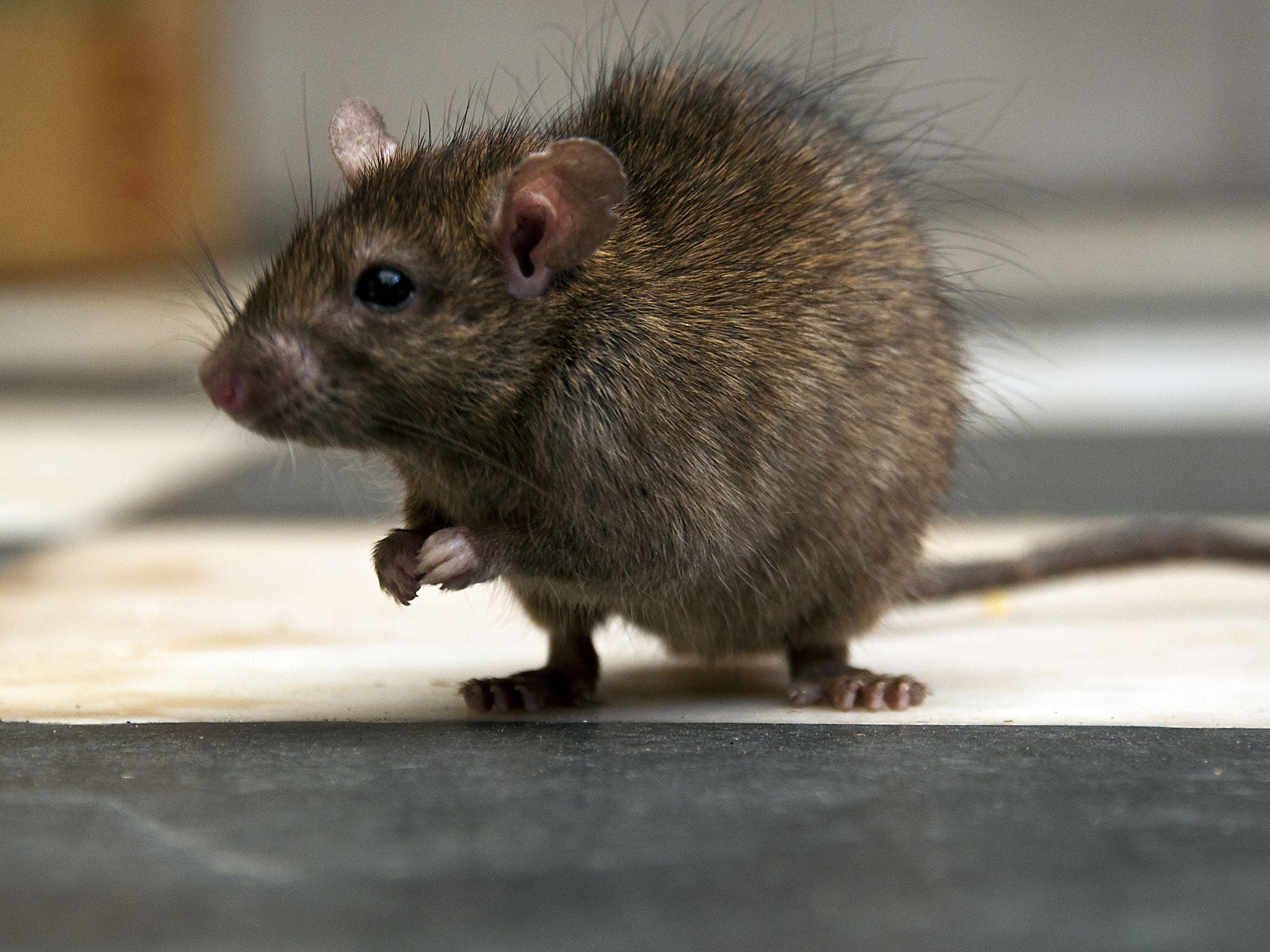Rats as big as sheep: Rodents could evolve to fill niches as larger mammals go extinct

Your support helps us to tell the story
From reproductive rights to climate change to Big Tech, The Independent is on the ground when the story is developing. Whether it's investigating the financials of Elon Musk's pro-Trump PAC or producing our latest documentary, 'The A Word', which shines a light on the American women fighting for reproductive rights, we know how important it is to parse out the facts from the messaging.
At such a critical moment in US history, we need reporters on the ground. Your donation allows us to keep sending journalists to speak to both sides of the story.
The Independent is trusted by Americans across the entire political spectrum. And unlike many other quality news outlets, we choose not to lock Americans out of our reporting and analysis with paywalls. We believe quality journalism should be available to everyone, paid for by those who can afford it.
Your support makes all the difference.Scientists believe rats could eventually grow to the size of sheep or even bigger as they evolve to fill vacant ecological niches.
The scenario could become a reality as super-adaptable rats take advantage of larger mammals becoming extinct, an expert predicts.
"Animals will evolve, over time, into whatever designs will enable them to survive and to produce offspring," said geologist Dr Jan Zalasiewicz, from the University of Leicester.
"For instance, in the Cretaceous Period, when the dinosaurs lived, there were mammals, but these were very small, rat and mouse-sized, because dinosaurs occupied the larger ecological niches. Only once the dinosaurs were out of the way did these tiny mammals evolve into many different forms, including some very large and impressive ones: brontotheriums, horses, mastodons, mammoths, rhinoceri and more.
"Given enough time, rats could probably grow to be at least as large as the capybara, the world's largest rodent, that lives today, that can reach 80 kilos (176 pounds). If the ecospace was sufficiently empty, then they could get larger still."
The largest extinct rodent known, Josephoartegasia monesi, which lived three million years ago, was larger than a bull and weighed over a ton. Like its modern-day relative, the sheep-sized capybara, it lived in South America.
A hint of what could be ahead can be seen on "rat islands" - isolated regions where rats introduced by humans have quickly risen to become the dominant species.
"They are now on many, if not most, islands around the world - and once there, have proved extraordinarily hard to eradicate. They're often there for good, essentially. Once there, they have out-competed many native species and at times have driven them to extinction.
"As a result, ecospace is being emptied, and rats are in a good position to re-fill a significant chunk of it, in the mid to far geological future."
Gigantism is a well known evolutionary response that occurs when a small creature steps into an ecological niche left by a larger species. Fifty million years ago, a distant ancestor of the blue whale was the size of a wolf, Dr Zalasiewicz pointed out.
He expected rats to adapt in a host of other ways, besides some of them growing to a large size.
"Animals can evolve to smaller as well as larger sizes," he said. "This will depend on what particular circumstances they find themselves in and what the selective pressures on them are.
"Each island that rats are now present on is in effect a laboratory of future evolution, and each will produce different results.
"So there will be future thin rats, future fat rats, slow and heavy rats, fast and ferocious rats, probably future aquatic rats - the list goes on. Other animals will likely follow the same pattern, such as domestic cats, rabbits, goats and more."
He suspected that rats will have a major influence on the geological future of the Earth and over time were likely to produce "some remarkable descendants".
Join our commenting forum
Join thought-provoking conversations, follow other Independent readers and see their replies
0Comments